Kurt Shuler, VP Marketing at Arteris IP, is pretty passionate that people working in the automotive supply chain should understand not just a minimalist reading of ISO 26262 as it applies to them but rather the broader intent, particularly as it is likely to affect others higher in the supply chain. As an active ISO 26262 working … Read More
Author: Bernard Murphy
WEBINAR: A UVM Cookbook Update
Something I always admire about Mentor is their willingness to invest their time and money in helping the industry at large. They do this especially in verification where they sponsor periodic Wilson surveys on the state of verification needs and usage in the industry. More recently they introduced their UVM Cookbook, an introduction… Read More
Webinar: Ensuring System-level Security based on a Hardware Root of Trust
A root of trust, particularly a hardware root of trust, has become a central principle in well-architected design for security. The idea is that higher layers in the stack, from drivers and OS up to applications and the network, must trust lower layers. What does it help it to build great security into a layer if it can be undermined… Read More
Computer Vision Design with HLS
I’m on a mini-roll on the subject of high-level design for ML-based systems. No complaints from me, this is one of my favorite domains and is certainly a hot area; it’s great to that EDA vendors are so active in advancing ML-based design. Here I want to talk about the Catapult HLS flow for use in ML design.
Since I’ve covered the ML topic… Read More
Chip, Package, System Analysis – A User View
While I missed ANSYS (and indeed everyone else) at DAC this year, I was able to attend the ANSYS Innovation Conference last week at the Santa Clara Convention Center. My primary purpose for being there was to listen to a talk by eSilicon which I’ll get to shortly, but before that I sat through a very interesting presentation on the growing… Read More
Architecting an ML Design
Discussion on machine learning (ML) and hardware design has been picking up significantly in two fascinating areas: how ML can advance hardware design methods and how hardware design methods can advance building ML systems. Here I’ll talk about the latter, particularly about architecting ML-enabled SoCs. This approach is … Read More
Machine Learning with Prior Knowledge
I commented recently on limitations in deep learning (DL), one of which is the inability to incorporate prior knowledge, like basic laws of mathematics or physics. Typically, understanding in DL must be inferred from the training set, which in a general sense cannot practically cover prior knowledge. Indeed one of the selling… Read More
Timing Channel Attacks are Your Problem Too
You’ve heard about Meltdown and Spectre and you know they’re really bad security bugs (in different ways). If you’ve dug deeper, you know that these problems are related to the speculative execution common in modern processors, and if you dug deeper still you may have learned that underlying both problems are exploits called timing… Read More
Webinar: Differential Energy Analysis for Improved Performance/Watt in Mobile GPU
May want to listen up; Qualcomm are going to be sharing how they do this. There is a constant battle in designing for low power; you don’t accurately know what the power consumption is going to be until you build it, but by the time you’ve built it, it’s too late to change the design. So you have to find methods to estimate power early on,… Read More
Cadence Selected to Support Major DARPA Program
When DARPA plans programs, they’re known for going big – really big. Which is what they are doing again with their Electronics Resurgence Initiative (ERI). Abstracting from their intro, this is a program “to ensure far-reaching improvements in electronics performance well beyond the limits of traditional scaling”. This isn’t… Read More




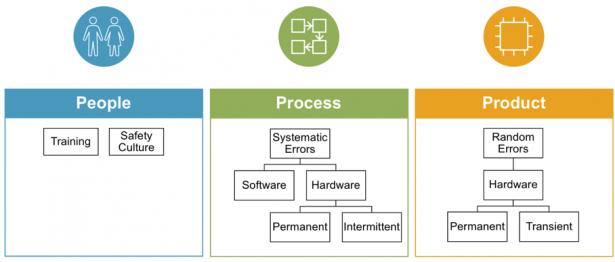
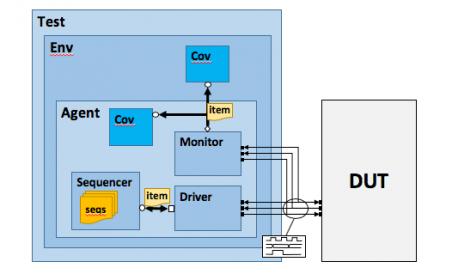
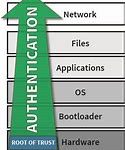
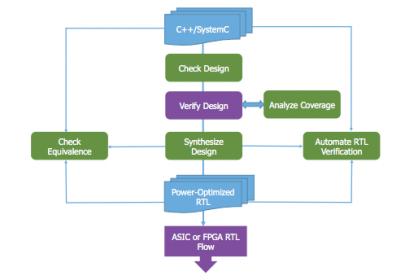
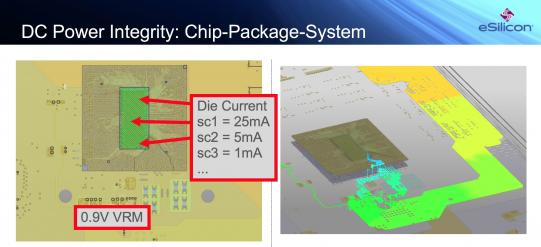
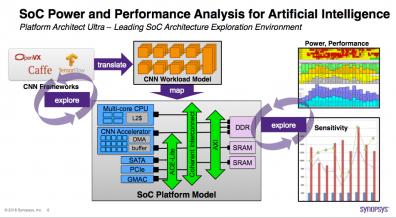











Quantum Computing Technologies and Challenges